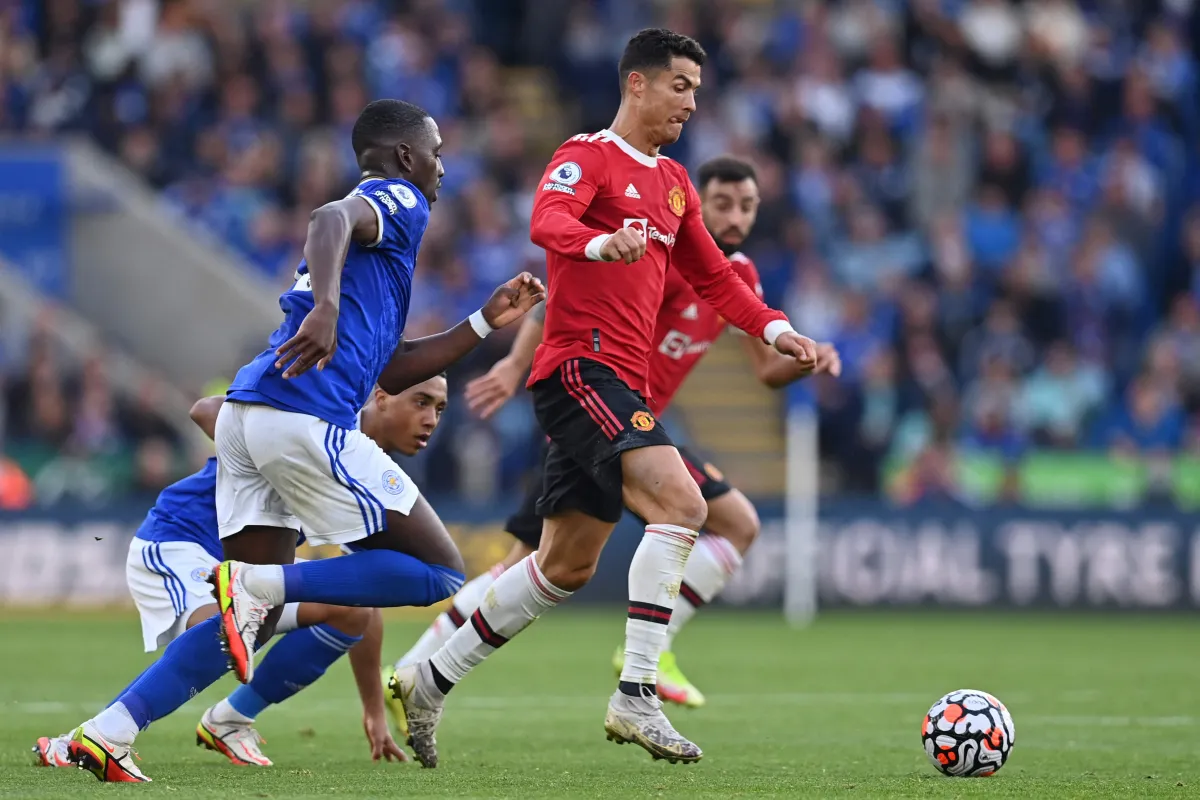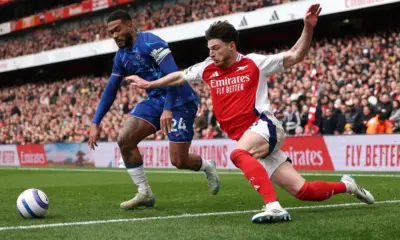Sports
Premier League 2025: Record-Breaking Sponsorships Redefine Club Economics

The 2025 Premier League season has not only captivated fans on the pitch but also transformed the financial landscape of global football. With record-breaking sponsorship deals, rising international investment, and new commercial partnerships spanning industries from finance to technology, English clubs are redefining how modern football operates as a global business. The influx of revenue is driving up player valuations, reshaping wage structures, and attracting a new generation of international investors. At the same time, questions persist about the sustainability of this rapid financial expansion, particularly as cryptocurrency firms and global brands jostle for visibility in the world’s most-watched domestic league.
Global Investment Fuels the League’s Growth
The Premier League’s unmatched global reach continues to attract investors from every continent. Over the past year, new ownership groups from North America, the Middle East, and Asia have injected billions of pounds into club acquisitions, stadium redevelopment projects, and commercial expansion. Analysts from leading financial institutions estimate that the league’s collective commercial income could exceed £7.5 billion in 2025, a record high driven largely by renewed broadcasting and sponsorship contracts.
International investors view Premier League clubs as both sporting assets and global entertainment properties. Their appeal extends far beyond match-day performance, encompassing brand visibility, media rights, and digital engagement with audiences in Asia, Africa, and the Americas. Manchester United’s latest global partnership with a leading Asian financial technology company and Chelsea’s new investment consortium backed by American capital underscore how ownership models are evolving. Even smaller clubs are capitalizing, forming partnerships with international training academies and technology firms to expand global influence.
While this surge in foreign investment has provided financial stability for some clubs, it has also raised concerns about competitive imbalance. Wealthier teams benefit disproportionately from international sponsorships, while mid-table and lower-tier clubs struggle to keep pace. This economic gap could widen unless the Premier League enforces stronger financial fair play measures to ensure long-term competitiveness.
Crypto Sponsorships and Financial Innovation
One of the most notable trends in 2025 is the rise of cryptocurrency and blockchain-related sponsorships within football. Following initial skepticism after earlier market volatility, crypto firms have returned to the sporting landscape with a more regulated and utility-driven approach. Several Premier League teams now feature blockchain companies as front-of-shirt sponsors or official technology partners, using digital tokens to engage global fan bases.
These sponsorships are part of a broader movement toward financial innovation in sport. Clubs are experimenting with blockchain-based ticketing systems, fan engagement platforms, and digital collectibles to diversify revenue streams. According to reports from BBC Sport and Reuters, the combined value of crypto-related sponsorship deals in the Premier League now exceeds £300 million annually.
However, critics warn that the volatility of digital assets could pose risks if clubs become too reliant on them. Regulatory scrutiny from the UK’s Financial Conduct Authority has increased, ensuring that sponsorship agreements meet transparency and consumer protection standards. Despite these challenges, clubs continue to view the crypto sector as a bridge to younger, tech-savvy audiences who consume football through digital ecosystems rather than traditional broadcasting channels.
Player Valuations and the Economics of Success
Record-breaking sponsorships and global investments are directly influencing player valuations and transfer strategies. Premier League clubs now account for a majority of Europe’s top transfer expenditures, with player prices and wages rising at unprecedented rates. According to data from Sky Sports, the average market value of a starting Premier League player has increased by nearly 15 percent over the past year, driven by the league’s robust commercial revenues and international demand for star talent.
High-profile transfers in 2025 have reinforced this trend. Clubs such as Manchester City, Liverpool, and Arsenal have leveraged commercial deals to secure marquee signings, while smaller teams increasingly rely on scouting networks and youth development to remain competitive. The result is an ecosystem where financial success and sporting achievement are more closely linked than ever before. Yet this financial intensity has sparked debate about long-term sustainability. Economists caution that escalating transfer fees and wages could destabilize clubs if sponsorship revenues decline or investor priorities shift.
Conclusion
The Premier League’s 2025 season marks a defining moment in the evolution of football’s global economy. Record sponsorships, innovative financial partnerships, and soaring player valuations demonstrate the league’s unmatched commercial power. Yet these same forces present new challenges, balancing profit with parity, innovation with integrity, and global expansion with local identity.
As international investors and new technologies continue to reshape the game, the Premier League stands at the forefront of a broader transformation in global sport. Its financial success remains unparalleled, but maintaining competitiveness and authenticity will determine whether this new era of prosperity endures. The modern Premier League is more than a football competition, it is a global business ecosystem, and its next moves will shape the future of the game worldwide.
















